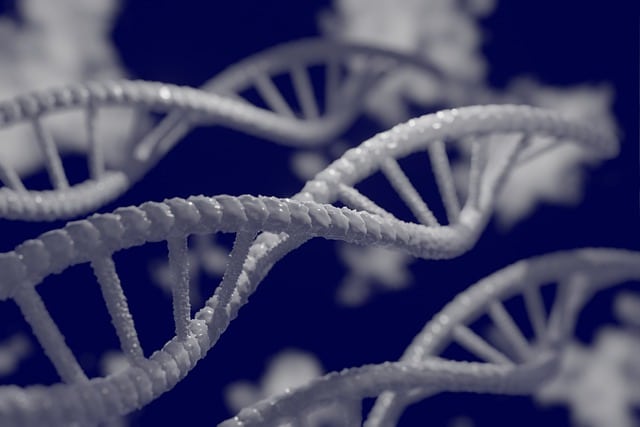Our DNA resembles that of the chimpanzee, our nearest living evolutionary kin. Swedish stem cell researchers have identified a previously missed component of human DNA, non-coded DNA, that may explain why our brains work differently despite our similarities.
The study is published in the journal Cell Stem Cell (Johansson et al., 2021).
Our nearest living relative is the chimpanzee; evidence reveals we share a common progenitor. Five to six million years ago, chimpanzees and Homo Sapiens diverged.
Stem cell researchers at Lund University have uncovered the DNA differences between human and chimpanzee brains.
“We employed lab-grown stem cells to investigate humans and chimpanzees. Our German, American and Japanese partners converted skin cells into stem cells. Then we investigated our brain-derived stem cells” neuroscientist Johan Jakobsson conducted the study.
Researchers produced human and chimpanzee brain cells from stem cells and compared them. Humans and chimpanzees use a section of their DNA differently, which may affect brain development.
“Unexpectedly, our DNA was different. It was a structural variation of DNA previously labeled “junk DNA,” a lengthy repeated DNA string with no function. Previously, researchers looked for answers in the section of the DNA where protein-producing genes are (approximately 2% of human DNA) and studied proteins to uncover changes.”
In the study, the researchers discovered the expression of ZNF558 gene occurs throughout human but not chimpanzee brain development. When they looked into the functions of ZNF558, their investigation showed that SPATA18 is expressed in chimpanzees instead of ZNF558, which is what causes their smaller foreheads.

The latest discoveries reveal that differences reside beyond protein-coding genes in what is called “Junk DNA,” which is the majority of human DNA and was assumed to be nonfunctional.
This shows that the human brain’s evolution is based on genetic mechanisms that are more complex than previously assumed, as the answer was thought to be in 2% of the genetic DNA. Our data suggest that what’s vital for brain development may be in the unnoticed 98%. It’s surprising.”
Lund researchers’ stem cell approach enables this type of research. 2012 Nobel Prize in Physiology or Medicine recognized the approach. Shinya Yamanaka revealed that specialized cells could be reprogrammed into all body tissues. In Lund, brain cells. Without this procedure, it wouldn’t have been possible to examine human-chimpanzee differences ethically.
Why did researchers compare humans and chimps? “Believe the brain is the key to understanding humanity. How did humans learn to create societies, educate their children, and develop advanced technology? Amazing!”
Johan Jakobsson thinks the latest findings may lead to genetic answers for psychiatric diseases. Schizophrenia is a human-only condition.
“But we have a long way to go before we reach that stage, as instead of researching the 2% of coded DNA, we may have to go deeper into all 100%,” he says.




















